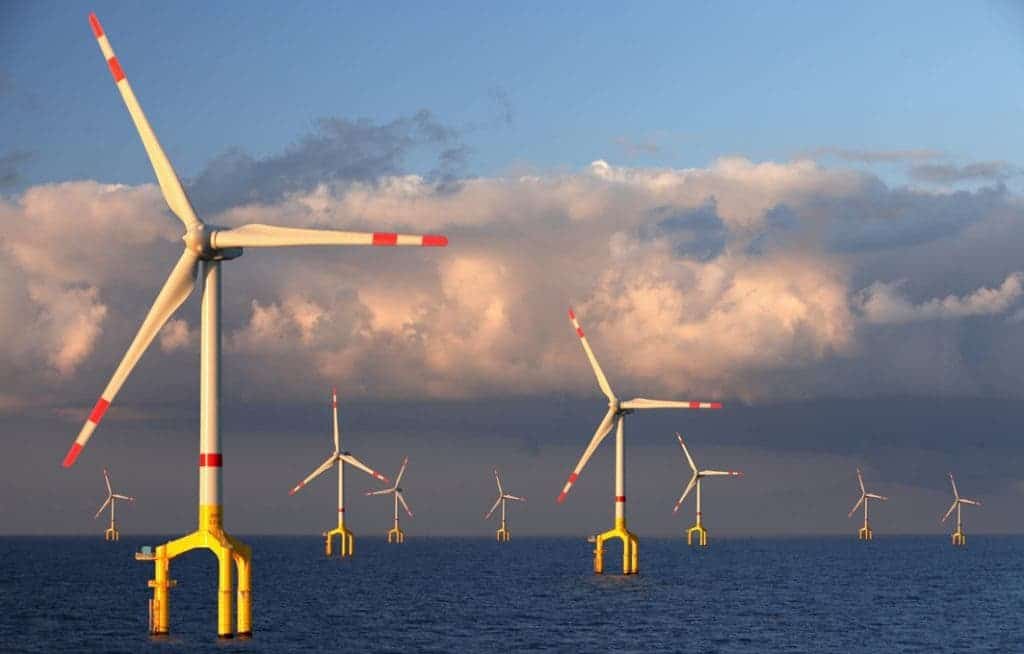In 2014, Germany installed 543 offshore wind turbines, reaching a capacity of 2.35 gigawatts (GW), getting closer to their plans of having 6.5 GW of wind energy infrastructure installed and connected by 2020.

Germany is one of the leading countries in renewable energy. The renewable energy sector has grown from 6.4% in 2000 to just over 30% in 2014. For the first time, non-hydro renewables (wind, solar and biogas) accounted for a larger portion of net electricity production than brown coal. While peak-generation from combined wind and solar reached a new all-time high of 74% in April 2014, wind power saw its best day ever on December 12, 2014, generating 562 GWh. Germany is already being called “the world’s first major renewable energy economy”.
Wind is a major player in the increasing renewables. More than 21,607 wind turbines are located in the German federal area and the country is constantly adding more and more. The offshore energy sector has more than doubled in 2014 alone, the German engineering association VDMA said in a statement.
“At the end of 2015 we will have about 3 GW of capacity connected to the grid, which equals an investment of about 10 billion euros ($11.7 billion) in the German offshore wind industry,” Norbert Giese of VDMA said in a statement.
Unlike onshore farms, offshore parks face no limit on turbine size, while steady sea winds allow them to turn about 42 percent of the time, about double the “load factor” onshore. However, while wind energy surges in Germany, the rest of the world is lagging behind. Wind energy currently accounts for about 1 percent of Europe’s energy, remaining a niche option.






